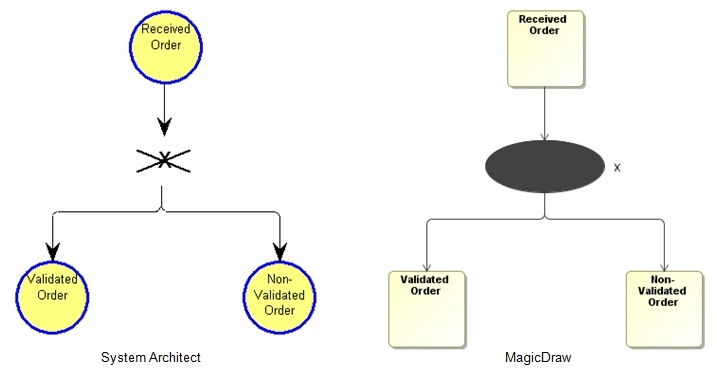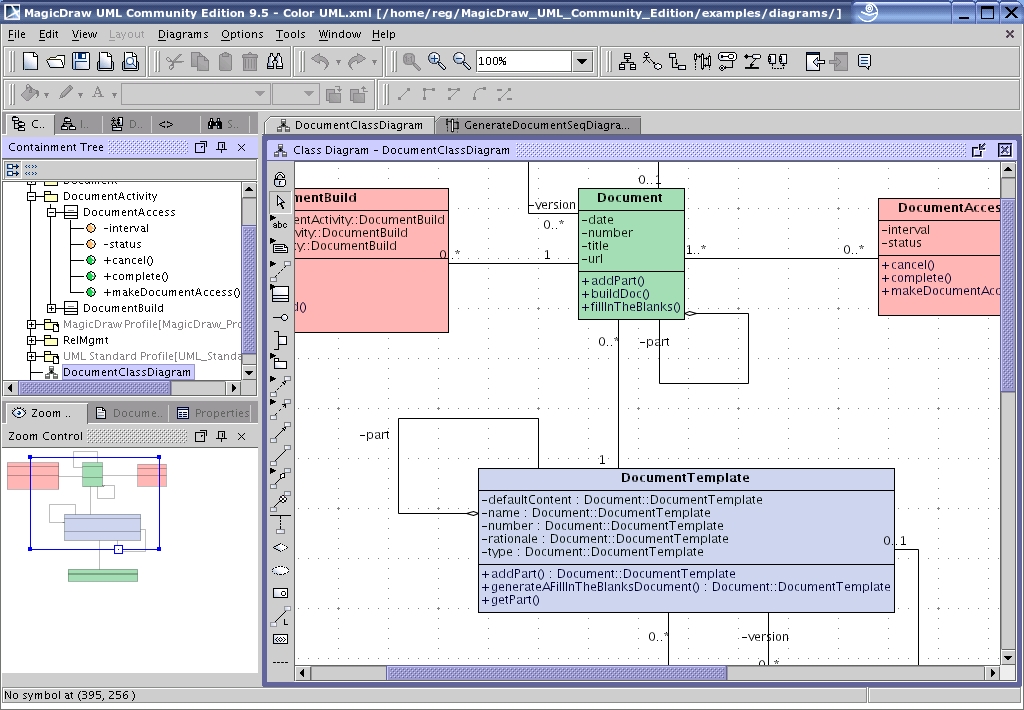
You have to do the correct keystrokes to portray what it is you're really trying to do. So some people can pick it up, but it's a steep learning curve. Then you need to understand the relationships between the processes and activities. For MagicDraw there is a steep learning curve if you don't have the system engineering domain experience because a lot of folks go in there and say, "Okay, I'm going to do model-based system engineering." MagicDraw has a model-based system engineering tool but it only allows you to draw the diagram or the model.

INCOSE is what most people use today for system engineering, for building systems, and deploying and maintaining them in a full life cycle.

INCOSE, I-N-C-O-S-E international systems engineering. The steep learning curve applies to two things - system engineering and INCOSE. Shortcomings include, but are not limited to: gratuitously complex UI, featuritis, Activity diagrams do not nest cleanly, and Sequence diagrams do not fully grok semantics of Interfaces and Signals.Ĭameo is recommended as a pragmatic MBSE + SysML modeling tool that supports Agile MBSE methods and intermediate-level model simulations.I wouldn't say anything negative about No Magic MagicDraw. Cameo offers proprietary and commercial plugins to integrate with Requirements Management tools (e.g., DOORS, PTC Integrity) and Simulation tools (MATLAB/Simulink, Mathematica).

The review evaluates Cameo's MBSE and SysML modeling capabilities using the following weighted evaluation criteria: Usability, Major Functions (Drawing, Simulation & Execution), Standards & Interoperability, Team Modeling & Tech Support, and Value.Ĭameo is a robust choice for a MBSE tool that strictly enforces SysML well-formedness rules for syntax (notation) and semantics.

This Model-Based Systems Engineering (MBSE) tool review features Cameo Systems Modeler (Cameo), No Magic's re-packaging (re-branding) of its flagship MagicDraw UML modeling tool to include a SysML plugin for MBSE applications.


 0 kommentar(er)
0 kommentar(er)
